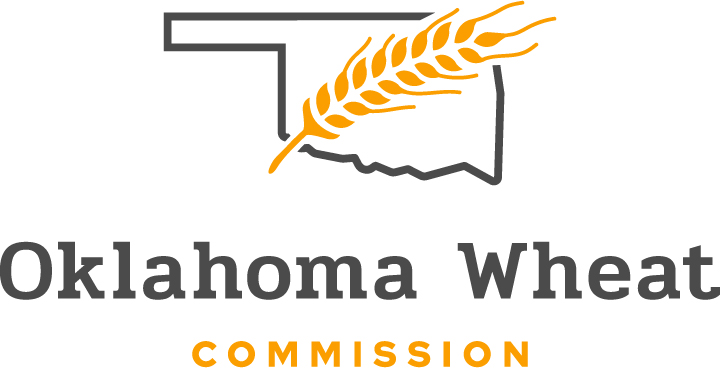
Agricultural News
Coalition Demands Payment Limit Rules Become Real in New Farm Bill
Mon, 27 Jan 2014 05:53:34 CST
 The National Sustainable Agriculture Coalition issued the following statement and analysis today on the status of payment limitations for commodity programs in the farm bill:
The National Sustainable Agriculture Coalition issued the following statement and analysis today on the status of payment limitations for commodity programs in the farm bill:
"The issue of payment limitations for commodity programs is one of the very few remaining issues under discussion before the House-Senate farm bill conference committee can wrap up its work. That the bipartisan reform provision included in both the House and Senate farm bills is even under debate is remarkable, as are some of the claims being made by opponents of reform.
There have been continuing misleading statements by opponents of farm program payment limit reform that the provision contained in both the House and Senate farm bills is attempting to define who a farmer is or is not, or how many managers are required to run a modern farm, or changing existing law with respect to landowner exemptions.
These are all red herrings. The fundamental issue is whether or not the payment limits, enshrined by Congress in farm bills for four decades, are real or fake. Under current law they are fake. They can fairly easily be sidestepped by adding more and more farm managers to a general partnership that controls the farm.
Farm Managers
In some mega farming operations that draw large payments far in excess of the statutory payment limitation, those managers provide little or no management, but the USDA rules are loose enough to allow them to qualify for a full payment anyway. In other cases, they may be providing some degree of critical management functions.
It really does not matter. If a farm is so large that it needs 5 managers, or 10 managers, or 20 managers to function, and even if all those managers are doing some small but critical function on behalf of the farm, it does not therefore follow that the statutory payment limitation for that farm should magically be multiplied by 5 or 10 or 20.
Again, the fundamental issue is whether the payment limit is real or imaginary. It has nothing to do with whether a farm grows so large as to need an entire management team to function. They are absolutely free to function in that manner. The payment limitation law simply says that safety net payments are available up to but not to exceed the amount of the limit, in keeping with the historic aim of the safety net programs to provide targeted protection.
What those who argue that multiple farm managers should qualify for a separate payment are really saying is that there should not be a $250,000 limit, but rather, in the case of a farm with 10 farm managers for instance, that there should be a $2.5 million limit. But that would not be a politically attractive statement to make, so they hide behind statements that obscure their real objective.
The Compromise Was Already Made
The House and Senate passed farm bill reform provision says that everyone who qualifies as a working farmer (i.e., who provides land, capital or equipment and works on the farm at least half-time or for at least half of their commensurate share of the operation) is eligible, plus one additional manager who does not need to provide any farm labor. The additional recipient would not have been eligible under previous reform proposals or under the recommendations of the Government Accountability Office in their reports on the abuse of the payment limitation law. It was added as a good faith effort at compromise.
The bipartisan, bicameral reform provision also continues the current law exemption for crop-share landlords and those who share in the production risk. To be absolutely certain about that intent, clarifying language has been added. The reform provision also continues the current law exemption for spouses. Some of the recent discourse from reform opponents has tried to raise questions about these details, again in the hopes of justifying revoking the work of both the House and the Senate. But the language and the record are clear.
Punting it to USDA Did Not Work
Some have suggested that perhaps the bipartisan, bicameral reform should be scrapped in whole or in part and instead be turned over to the Administration to decide. Where have we heard that before? The 2008 Farm Bill required USDA to rewrite the regulations governing actively engaged in farming rules. It did not, however, dictate how or in what fashion USDA should change the rules. That was the compromise struck between supporters and opponents of reform in the last farm bill neutral language that left it up to the determination of USDA, using public notice and comment rulemaking procedures.
Both the Bush and Obama Administrations took a crack at writing those rules, and in the end, the final rule issued in January 2010 left the management loophole firmly in place, despite an overwhelming number of public comments supporting reform and urging that the management loophole be closed. Given that abdication of responsibility to address reform, Congress rightfully came back to the issue in this new farm bill and the reform agenda won in both the House and the Senate.
Time to Move Forward
Congress has already spoken on this issue. The farm bill conferees should leave the bipartisan and bicameral reform fully intact. Failure to do so would be a breach of trust and of congressional process. The new farm bill is now long overdue. It is time for the conferees to embrace the widely supported reform included in both bills and to move on with the business of getting the new farm bill enacted into law."
WebReadyTM Powered by WireReady® NSI
Top Agricultural News
More Headlines...




















